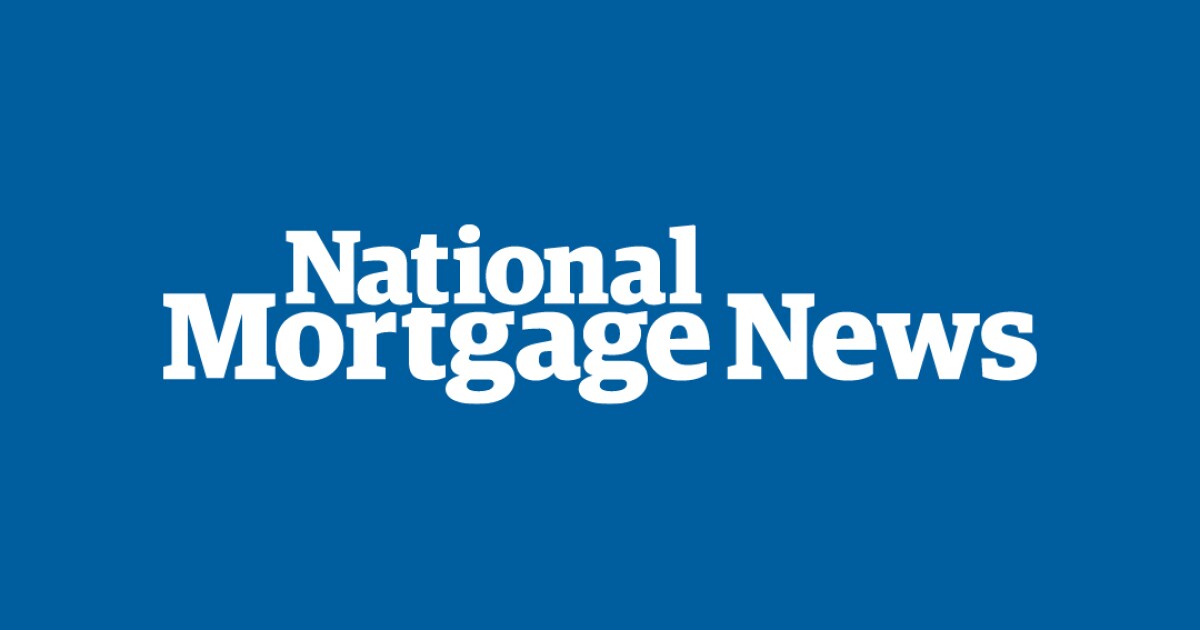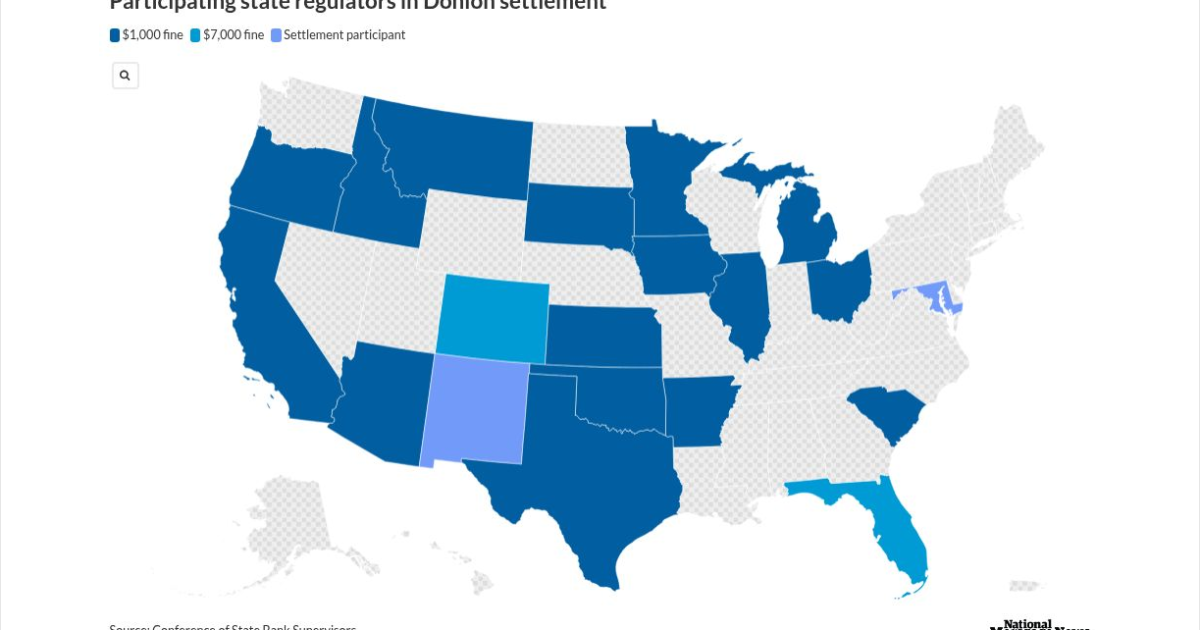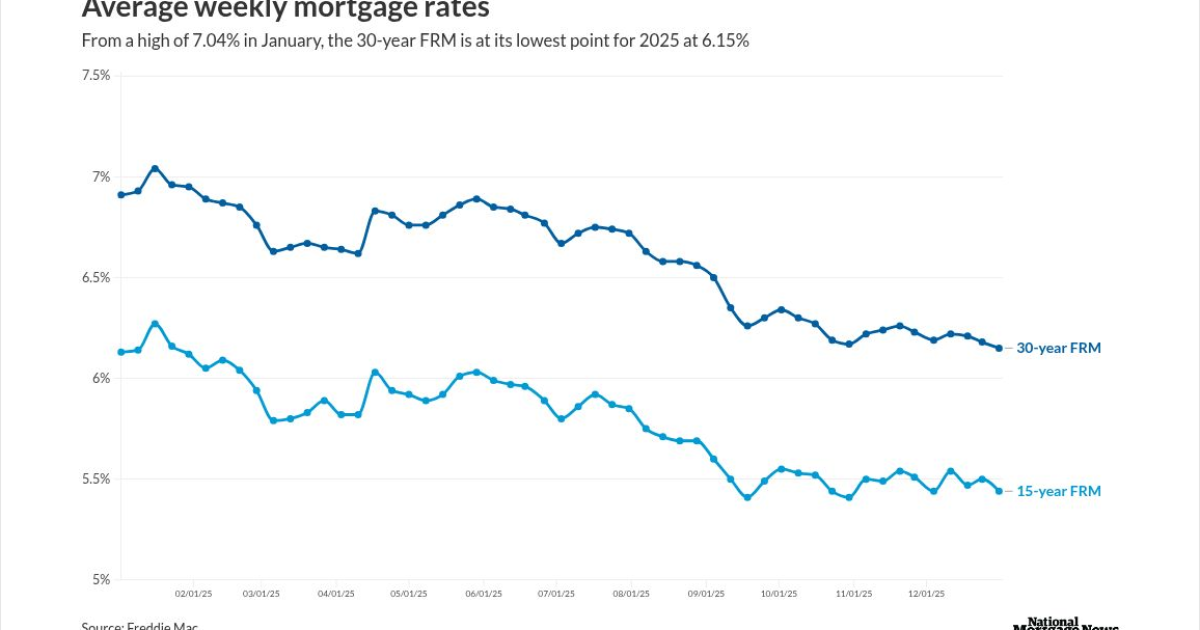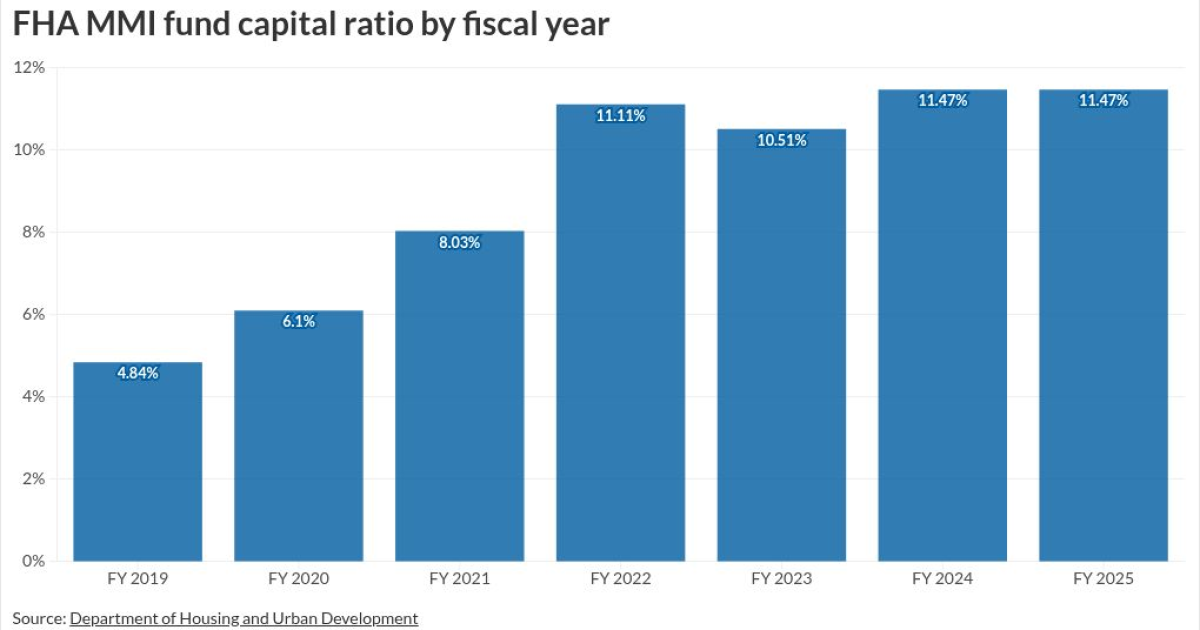
About 15 months ago, observers of the private label securitization business were predicting that a bad 2022
But a funny thing happened in the fourth quarter of 2022. The shift in the interest rate environment helped to drive activity because execution became an attractive option again.
That has held so far in during the start of 2024. Year-to-date issuance is currently about $8 billion, a Kroll Bond Rating Agency report from Feb. 23 noted.
"We have revised our expectations for [the first quarter] to close at over $20 billion," KBRA analysts Armine Karajyan, Jack Kahan and Eric Thompson said. "While we expect non-prime and government-sponsored enterprise [credit risk transfer] issuance to remain relatively steady versus last year, we see meaningful growth in both the prime sector and in second liens."
KBRA expects second quarter issuance to also be about $20 billion. It expects full year PLS volume of $67 billion up from its previous projection of $57 billion.
But the cloud on the horizon is that the 2023 vintage is putting out
KBRA also noted a rise in late payments, as "RMBS 2.0 credit performance YTD 2024 has continued to show generally consistent outcomes for the prime sector; however, delinquencies have increased across the non-prime and CRT sectors. These increases are generally measured, mitigated by meaningful equity, modest monthly payments, and generally prudent underwriting practices."
Recently, National Mortgage News spoke with Vadim Verkhoglyad, vice president and head of research at dv01 (
The following question and answer session has been edited for length and clarity.



